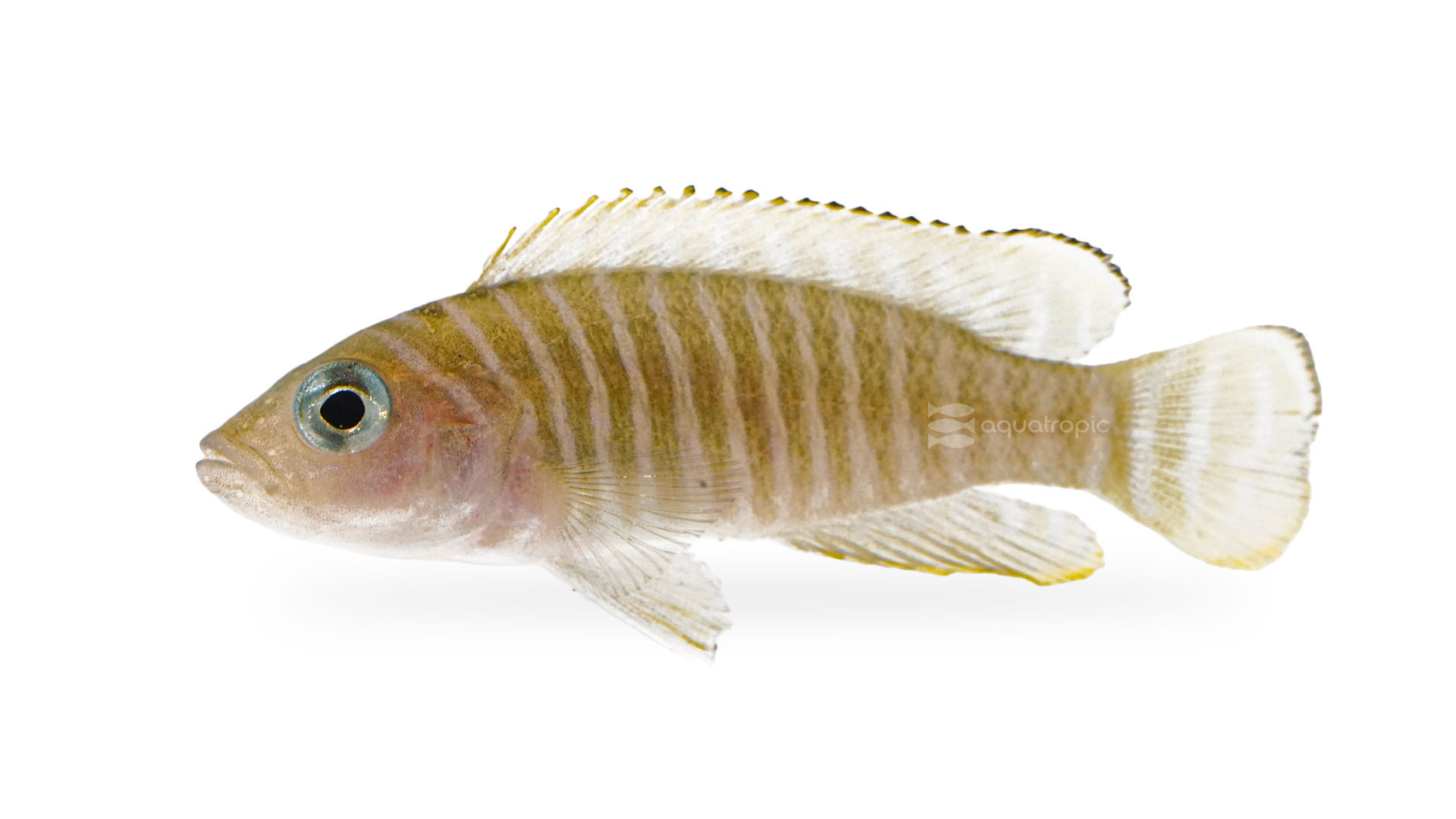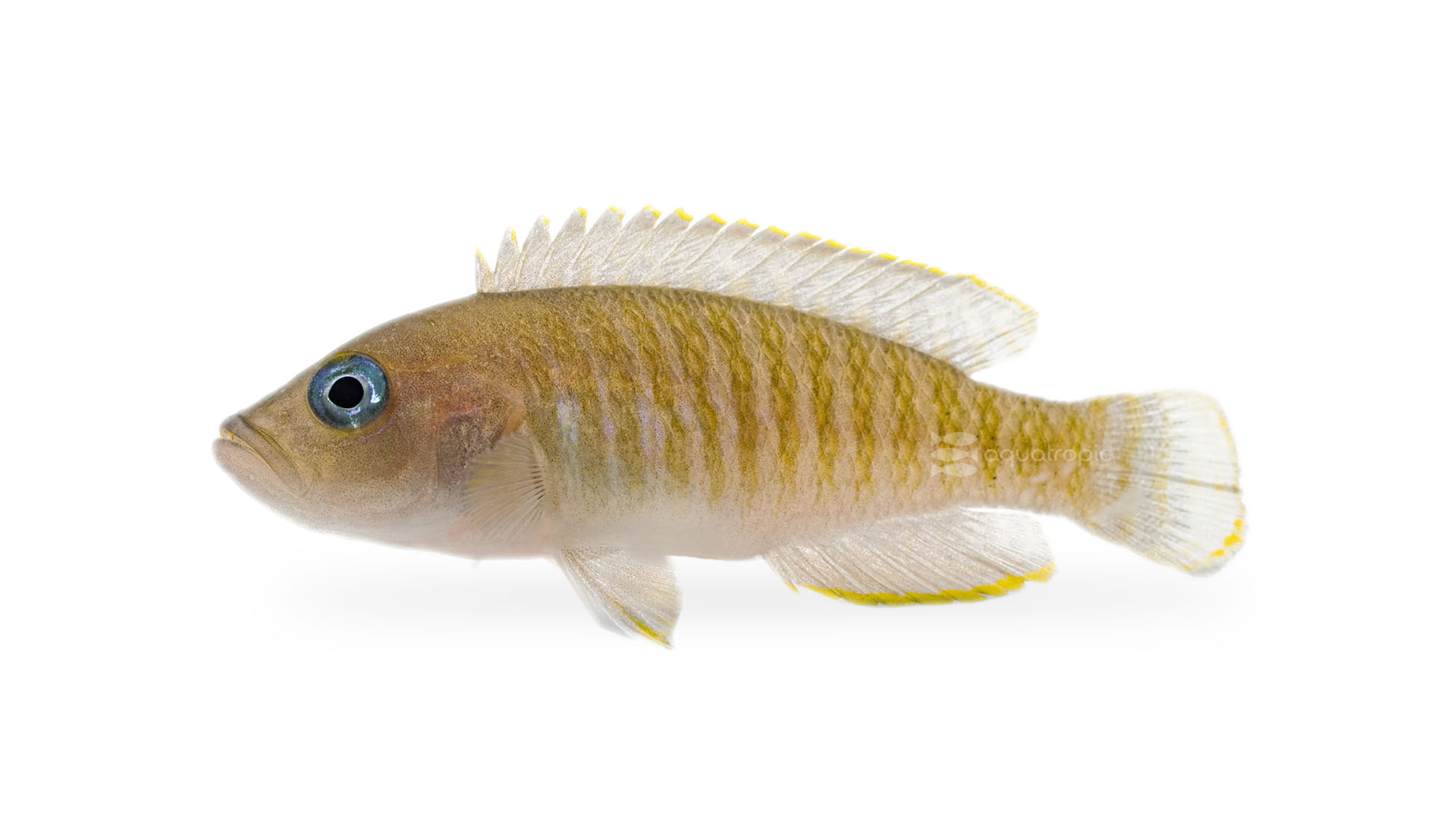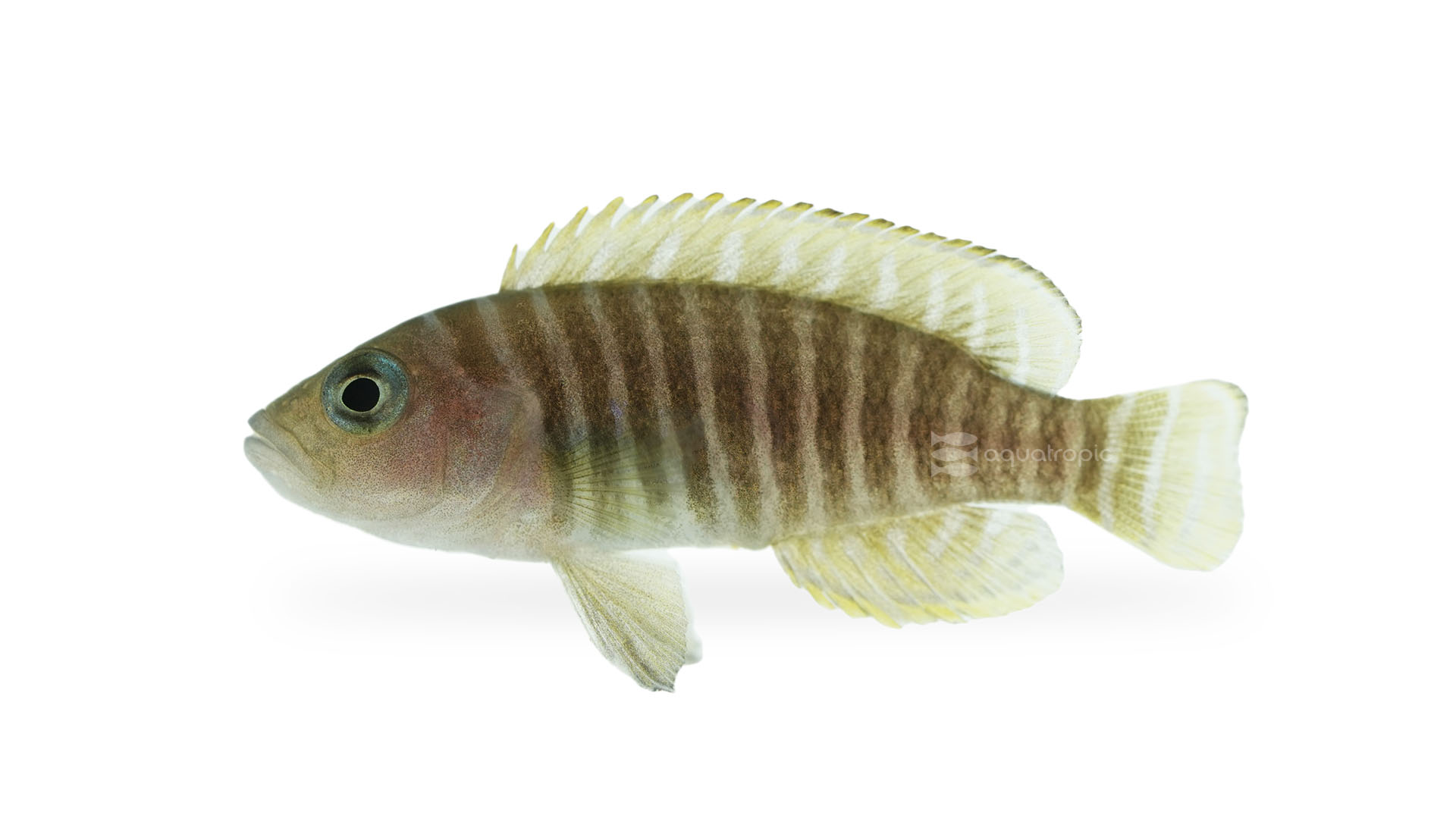The Shelldwellers Guide To The Universe

So, our article on Neolamprologus similis has perked your interest in keeping shell dwellers hmm? Perhaps you saw an image of thousands of fish living in colonies above a shell bed in the astounding Lake Tanganyika, or perhaps you ran into some shell dwellers at your local fish store and your curiosity was piqued. Either way, Aquatropic is here to help you set up an appropriate habitat for these amazing fishes. Shell dwellers are a group of cichlids (fish from the family, Cichlidae) mostly belonging to the genus Neolamprologus. Some of the more commonly available shell dwellers are: Neolamprologus similis, Neolamprologus multifasciatus, Lamprologus ocellatus, and Neolamprologus brevis. These fish all come from Lake Tanganyika and are relatively common in their natural habitat. As their name indicates, all these species naturally make homes in abandoned snail shell beds, formed naturally when snails die. They are also found living in deeper water where they more frequently inhabit the small cracks and crevices created by rock piles but prefer the shell habitat generally. The snail beds can be as shallow as 30 feet (10 m) of water and some of these fish have been seen as deep as 150 feet (45m)! These habitats usually have sand or silt as the substrate, and algae growing on the surfaces of the rocks and shells. All of these species stay very small – mostly not reaching more than two inches, with males defending territories and generally larger in size. Despite this, the spawning act always occurs inside the female's shell!
Shell dwellers should be kept in an aquarium of at least 20 gallons. This footprint and size allow for a small colony to form – but there’s no limit to how big one can go; Imagine a 125 gallon, six-foot-long aquarium filled with hundreds of Shell dwellers! One of the most interesting things about keeping Shellies is that under good conditions they will nearly constantly breed, and your colony will continue to grow. With a high quality, consistent food, stable water temperatures and good water quality, it will be nearly impossible to stop them from breeding!

Filter: Shell dwellers should be outfitted with a powerful filter as the density of the fish will be (sooner or later) relatively high since they live communally. The filter should be powerful enough to help move waste out from around the shells and sand bed without blowing sand or the fish around. A canister filter with a spray bar for diffuse flow over the surface of the tank, and a flow rate equal to 10 times the volume of the tank would be a good place to start on a larger tank – but take care to cover filter intakes with some foam to prevent the small fry from being sucked into the filter. On the other end, if you have a smaller aquarium, less than forty gallons, sponge filters are a great way to keep these aquariums clean and come with the obvious benefit of not being dangerous for small fry.
Heater: An appropriately sized heater will be needed, as shell dwellers are a tropical fish and require temperatures between 72 and 82 degrees. A safe bet is to keep them in the mid high 70’s though.
Décor: Shell dwellers are simple: you need a fine substrate. Shell dwellers will graze on algae living in their aquarium, and as a result do ingest some sand has been found in their gut in studies. Making sure to use a fine sand that they can easily pass if accidentally ingested is important. All shell dwellers will need some small cavities (like shells from their natural habitat) for them to stake a claim to and use as a home! If you are into eating snails, you can use escargot shells after cleaning them, or many retailers will sell large snail shells specifically for decorating a shell dweller aquarium. If you for some reason cannot get shells, piles of small rocks can also work, but remember that each fish has to have its own shelter – so over time as the colony grows you need to make sure that available habitat also grows, otherwise you may run into aggression issues. If you google “shell dweller natural habitat” you can get images for inspiration and to give you an idea of how many little cavities and crevices there are in their preferred habitat!
Lighting: This isn’t of much importance but keep lighting slightly subdued. There’s no need to use the electricity or encourage algae growth with super bright lights on fish that live somewhat deeper in these lakes.
Shell dwellers feed on plankton drifting through the lakes above their shell beds. In the aquarium we replicate this with small frozen or live cultured foods such as enriched brine shrimp, mysis shrimp, or appropriately sized live cultured foods. Shell dwellers are not picky eaters and will accept pellets and flakes – but make sure that they sink. These fish are most comfortable close to their security of their shells and don’t naturally feed off the surface. Surface feeding should be discouraged anyway as ingesting air can cause issues in all of the species of shell dweller. Overall, Shellies are not picky eaters and will most likely accept anything that you offer them. So put in a little effort to make sure that the food they get is high quality and you’ll be reward with a healthy colony for years to come.
 Shell dwellers, while relatively peaceful (due to their diminutive stature) don’t pair well generally with other fish. Surface level community fish can out compete them for food before it reaches the lower levels that they prefer to live in or get bullied by the shell dwellers as they attempt to defend a territory, and unlike the other shell dwellers, they don’t have the safety of a shell to retreat to! In a large enough aquarium shell dwellers can be kept with other cichlids. Building a shell field in front of some larger rocks at the back of the aquarium can create different habitats for different types of Tanganyikan cichlids. Watch these relationships carefully, as shell dwellers are some of the smallest cichlids and might get bullied or out competed for food. However, a large tank staged to have different habitats with different types of cichlids from Lake Tanganyika is possible and would make for a remarkable display tank. Shell dwellers are very hardy – and have adapted to different water parameters while generationally being bred within aquariums. That said, they prefer hard, alkaline water – and providing them with this will give better results. There are African cichlid buffers that can help reach and maintain these parameters.
Shell dwellers, while relatively peaceful (due to their diminutive stature) don’t pair well generally with other fish. Surface level community fish can out compete them for food before it reaches the lower levels that they prefer to live in or get bullied by the shell dwellers as they attempt to defend a territory, and unlike the other shell dwellers, they don’t have the safety of a shell to retreat to! In a large enough aquarium shell dwellers can be kept with other cichlids. Building a shell field in front of some larger rocks at the back of the aquarium can create different habitats for different types of Tanganyikan cichlids. Watch these relationships carefully, as shell dwellers are some of the smallest cichlids and might get bullied or out competed for food. However, a large tank staged to have different habitats with different types of cichlids from Lake Tanganyika is possible and would make for a remarkable display tank. Shell dwellers are very hardy – and have adapted to different water parameters while generationally being bred within aquariums. That said, they prefer hard, alkaline water – and providing them with this will give better results. There are African cichlid buffers that can help reach and maintain these parameters.
If you’re ready for a small aquarium with a simple aquascape that yields years of interesting social behavior with a relatively low difficulty level, shell dwellers are for you. Call your local fish store and ask for some sustainably sourced shell dwellers from Aquatropic today!